In this article, I discuss how to change thought patterns called negative core beliefs which often play a role in many psychological issues.
In my last article, I discussed how to identify negative core beliefs–long-standing negative views people may have about themselves, other people in their lives or the world. These negative views usually originate from people’s difficult experiences and predispose them to think negatively about themselves, other people or the world in the present. They also play a major role in causing and maintaining various psychological issues including depression, the anxiety disorders, substance use disorders and eating disorders.
In the following sections, I will discuss how to change negative core beliefs once they have been identified so that their negative influence on current thinking and mood can be reduced. Doing so can often play a major role in addressing a variety of issues which may be caused by and exacerbated by negative core beliefs.
View the change process as a marathon rather than a sprint
Changing a negative core belief involves modifying a long-held, emotionally laden point of view which has been a fundamental part of a person’s identity for many years. Core beliefs are much like personality characteristics which involve relatively stable ways of thinking, feeling and behaving. As such, when I am asked whether negative core beliefs can be changed I am optimistic but realistic in my response. Just as personality characteristics can be changed, core beliefs can also be changed but they are not changed easily or quickly.
However, with consistent effort over time in applying effective techniques from cognitive behavioural therapy (CBT)—often over several months and beyond– negative core beliefs can changed with often dramatic positive effects. In the next section, I will provide an overview of the nature of the change process.
The first step toward change: Create a positive alternative to the negative core belief
When a negative core belief is operating, everything is interpreted to fit with its negative theme. The person with the negative core belief is more likely to notice and pay attention to negative information, not to notice or focus on positive information and to interpret ambiguous information in an negative manner so that it will fit with the ‘theory’ represented by their negative core belief.
Changing a negative core belief involves creating from scratch an alternative core belief to which positive information can be assimilated. For example, an alternative to the negative core belief “I am inadequate” would be “I am a person of value”. “Some people can be trusted” would be a positive alternative to the negative core belief about others, “People cannot be trusted”. “Sometimes the world is fair” is a positive alternative to the negative core belief about the world, “The world is unfair”. Note that the positive alternative core belief is positive but also realistic. For example, it would be unrealistic to substitute the core belief, “People can be trusted” in place of “People cannot be trusted” but realistic to choose as a positive alternative “Some people can be trusted”.
Once you have identified a positive alternative core belief to contrast with the well-established negative core belief, the next step is to simultaneously weaken the negative core belief while strengthening the positive alternative core belief. In the next section, I will discuss one way to do so.
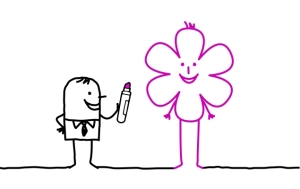
Using the core belief record to strengthen the positive core belief and weaken the negative one
One effective way to weaken a negative core belief and strengthen a positive alternative core belief is to use a core belief record, a tool described in Mind Over Mood by Drs. Dennis Greenberger and Christine Padesky. Using the record entails noticing and recording any evidence or experiences which support the new positive core belief.
Evidence and experiences can be collected from recent events and those dating back many years. On the latter point, many times once a negative core belief is instilled a person will disregard any evidence which may go against it so it is often helpful to look into one’s past for evidence which supports the new positive core belief.
Measuring progress in weakening the negative core belief and strengthening its positive alternative
After a certain period of gathering evidence—such as every one to two months—the person who has been completing the core belief record would rate the strength with which they believe in the negative core belief and its positive alternative using a percentage scale. If the person has been diligent in collecting evidence, they are likely to see a decrease in the strength with which they believe in the negative core belief from a baseline of 100 per cent and an increase in the strength with which they believe in its positive alternative core belief from a baseline of 0 per cent.
Even a shift of one or two percentage points is a big accomplishment as this reflects the presence of a new mental structure into which positive information can be assimilated. In turn, this makes it more likely that the person will notice and accept positive information going forward.
Continuing to amass evidence supporting the positive alternative core belief should lead to further strengthening of it with a concomitant weakening of the negative core belief as measured by percentage changes. These positive changes will likely be accompanied by additional measures of progress such as a decreased tendency to think in negative ways in response to everyday events and improved mood. It should, in turn, be easier to make progress on whatever issue you are dealing with.
Working on identifying and changing possible negative core beliefs can be a challenge both in terms of accurately pinpointing your negative core beliefs and in managing the strong emotional reactions associated with these beliefs. As a result, you may find it beneficial to work with a psychologist who specializes in CBT as you embark on this journey. I often help clients identify and change their negative core beliefs in my work as a Calgary psychologist and a Cochrane psychologist.
May you strengthen the positive alternatives to your negative core beliefs,
Dr. Pat

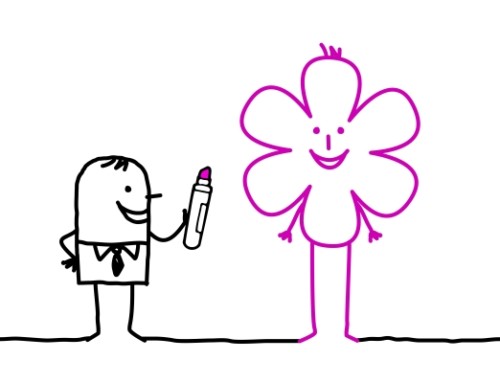
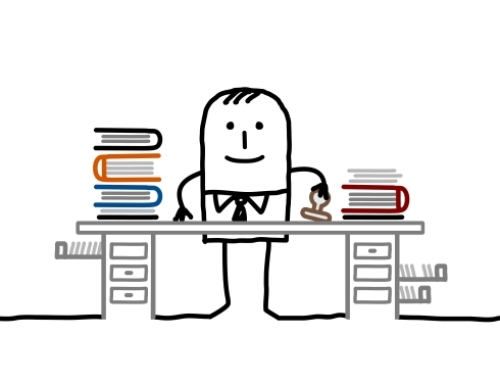
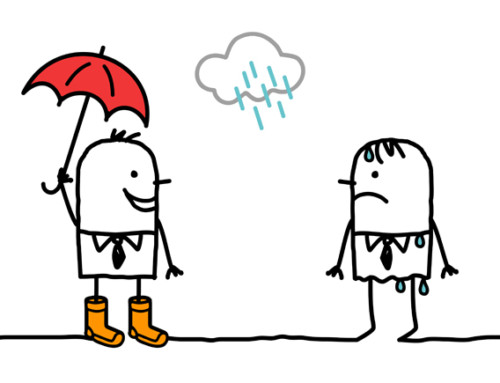
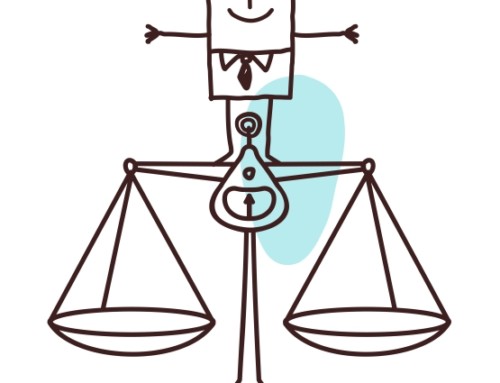
Leave A Comment